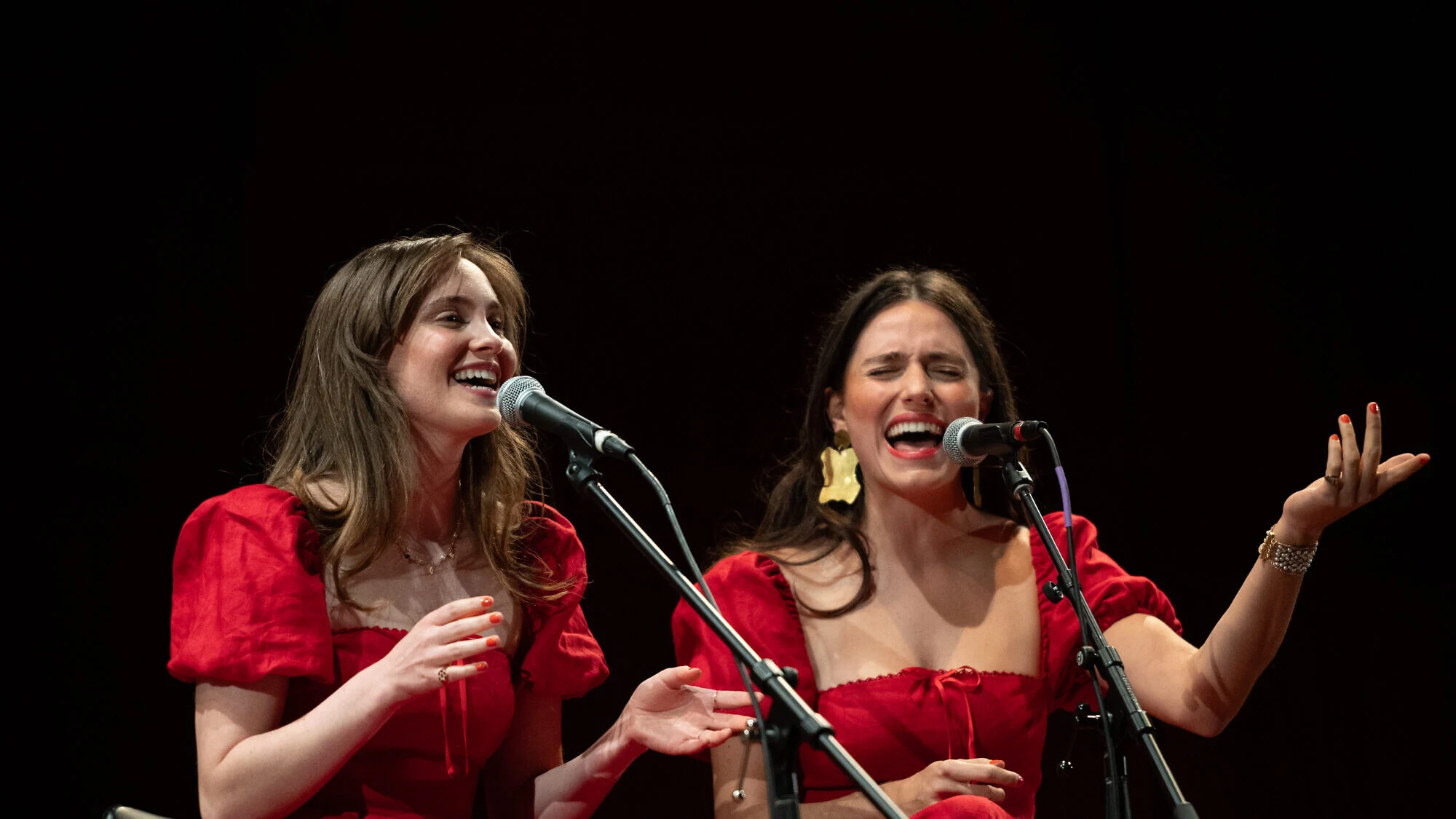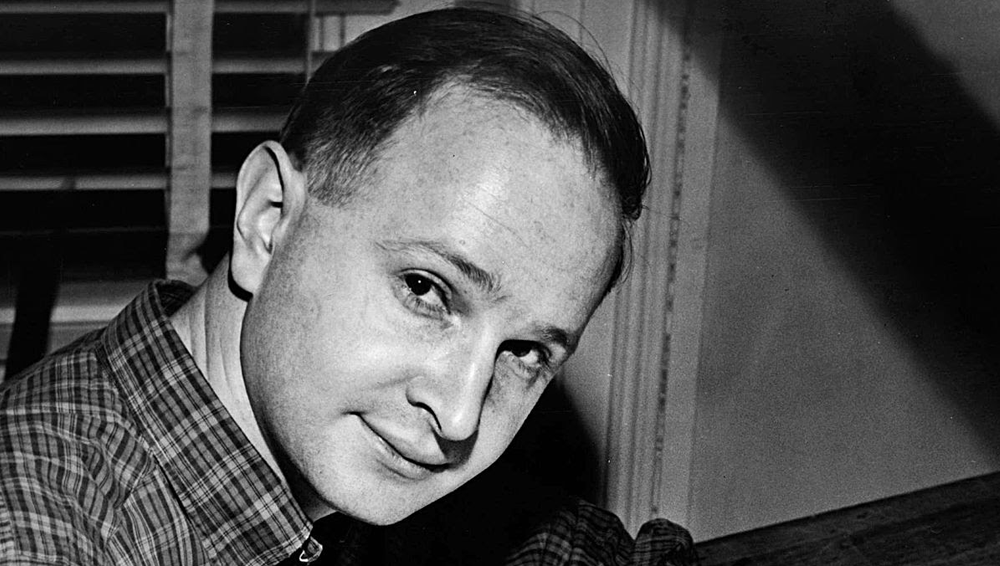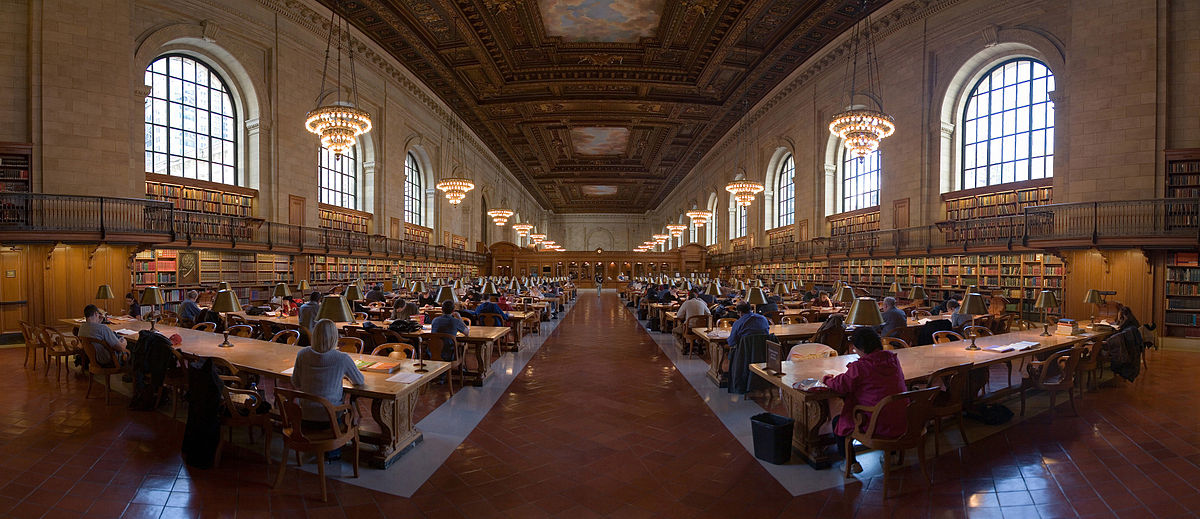hen the Jewish Folk Chorus of San Francisco started way back in 1926, all of the singers, not to mention most of the audience, understood the Yiddish lyrics they were singing.
“It was a Yiddish-speaking group at that point,” explained Renee Enteen, the chorus‘ president. “It was very progressive, with members from various branches of the radical left.”
Ninety-three years later, few of the choristers speak Yiddish. Yet the group‘s politics remain left of center. And though Yiddish — the language, traditions, music, cuisine and humor of pre-World War II Eastern European Jewry — sort of disappeared from the American Jewish map for decades, it has a stubborn foothold in the Bay Area.
The chorus‘ 93rd annual concert on Sunday, June 23 is meant not only to underscore its presence but to express Yiddish culture‘s commitment to social action, according to Diana Scott, principal scriptwriter for the upcoming performance.
Titled “The Old World Made New: Songs of the Yiddish Stage and Street,” the program will include songs performed in the Yiddish theater, songs that were part of the resistance and labor movements, and poems by old-time anarchist writer David Edelstadt that have been set to music.
“It seemed that we could incorporate the idea of migration as evoked by the song ‘Anatevka‘ in the ‘Fiddler on the Roof‘ through stages of immigration in this country, and create some real historical characters to carry forth the narrative,” Scott says.
One of the characters is Edelstadt, a Russian immigrant to Cincinnati in the early 1880s who worked as a buttonhole maker while publishing Yiddish labor poems and contributing to Yiddish anarchist newspapers. He died in 1892 in Denver after contracting tuberculosis and heading west to seek treatment.
Chorus members also will portray the “dean” of Yiddish musical theater, two vaudeville comics and a swing-era Yiddish women‘s trio. Their conversations, all in English, will be something of a dialogue between people of yesterday and today, Scott says.
Conducted by Bay Area Jewish music stalwart Achi Ben Shalom, 65, the chorus comprises roughly 20 singers, about a third of whom speak Yiddish from beginner level to fluent.
Scott, who joined the chorus 15 years ago, considers herself an advanced beginner when it comes to speaking the 12-century-old language. “I identified with Yiddish as my family‘s roots, because my grandparents spoke it,” she says. She also likes that many Yiddish speakers of the early 20th century were involved in “secular progressive immigrant politics.”
But the concert will involve more than just Yiddish. The chorus has always sung in multiple languages, and this one will feature songs in Ladino, Hebrew, Russian and even English.
Back in the 1920s and ‘30s, chorus members were Yiddish speakers who “weren‘t worried about losing Yiddish” as a language, says Enteen, the chorus‘ president from 1990 to 2002 and again from 2015 until now. “But as more people wanted to join who didn‘t know Yiddish, and the more young people wanted Hebrew songs, the chorus became passionate for, ‘Don‘t take Yiddish away.‘ We do more Yiddish now than they did then.”
A renewed interest in Yiddish culture was fomenting in the Bay Area as long as nearly 50 years ago. Martin Schwartz, then a Near Eastern Studies professor at UC Berkeley, grew up in New York surrounded by Yiddish and, by 1972, had become a self-labeled “crazy collector” of 78 rpm Yiddish music records. His particular interest was in the neglected instrumental music of Yiddish-speaking Eastern European Jews — now known as klezmer.

Schwartz shared his records with some musicians, and in 1975, Lev Lieberman (a saxophonist and flutist working at the Magnes Museum), David Julian Gray (clarinet) and David Skuse (fiddle) formed the Klezmorim, the first klezmer revival band to release an album (“East Side Wedding” in 1977).
Over the past four decades, the Bay Area practically has been Klezmer Central, what with the San Francisco Klezmer Experience/Klez-X, world beat trio Davka, clarinetist Ben Goldberg, singer-researcher Jeanette Lewicki, klezmer trio Veretski Pass, singer Anthony “Mordecai Tzvi” Russell and the new San Francisco Yiddish Combo.
And that’s just for starters.
There also was the long-running Berkeley-based Jewish Music Festival, which began in 1986 and proved to be a champion of the klezmer revival for years and years before ending in 2015.
Several dozen Yiddish music bands perform regularly around the Bay Area, noted Judy Kunofsky, executive director of KlezCalifornia, a nonprofit that formed in 2002 to provide and promote Yiddish music and culture in Northern California. Its website and monthly e-newsletter list up to 30 Yiddish-related events and activities per month, including classes, conversation groups, lectures, symposia organized by the Workmen’s Circle (a secular organization dedicated to social justice and Yiddish culture) and offerings at local Jewish film festivals.
In the coming weeks, klezcalifornia.org will launch an updated website with a searchable calendar, Kunofsky says.
KlezCalifornia also organizes a big music and comedy show called “Cabaret by the Bay,” klezmer workshops taught by top musicians and a “taste of Yiddish culture” program for teens and kids.
Titled “Tam,” the classes for kids come in a collection of 26 lesson plans (available for free online) that introduce aspects of Yiddish culture to K-12 kids at religious schools, day schools and camps. Kunfosky says some 1,500 students at 28 schools have been exposed to Tam lessons, and next month, KlezCalifornia will roll out a national Tam marketing program featuring actors Eli Batalion and Jamie Elman, who star in the comedy web series “YidLife Crisis.”
“Yiddish culture is the basis of American Jewish culture,” Kunofsky declares, citing the Yiddish-speaking ancestry of most American Jews, the foods, the humor, and the values and politics of many American Jews.
“What‘s different is that in the last several decades there’s been more of a calling out of Yiddish culture, even though it was [already] there,” she said. “The klezmer revival is long over. It‘s now a living culture.”
Even, apparently, among young adults. Millennial Matthew Stein is a violinist with two Bay Area klezmer bands who has studied at the Yiddish Book Center‘s Steiner Summer Yiddish Program in Amherst, Massachusetts.
He claims there is “a ton of interest in Yiddish culture … among Bay Area millennials,” although more so for its music than for the language, he adds.
But be it klezmer or language or culture, there’s definitely a thirst for Yiddish in the Bay Area.
After all, when Ukrainian singer Arkady Gendler, in his 2013 song “Zingt Oyf Yiddish,” listed 11 cities where “they‘re speaking, writing and singing in Yiddish,” there, along with Kiev, New York and Odessa, he included San Francisco.





Leave a Reply